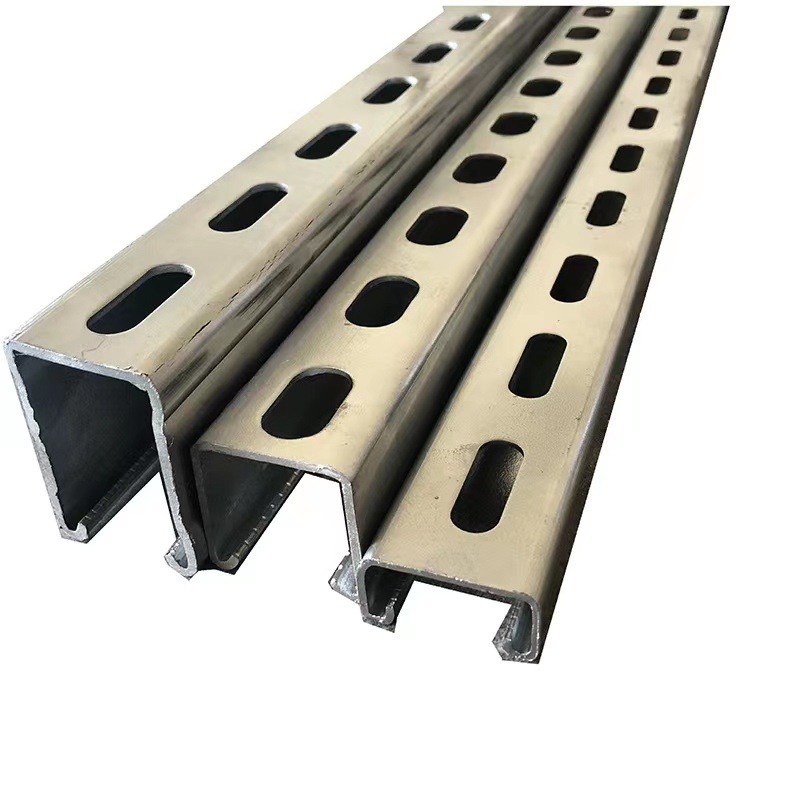

Understanding T-Type Foundation Bolts and Their Applications in Engineering
Nov . 25, 2024 06:34 Back to list
Understanding T-Type Foundation Bolts and Their Applications in Engineering
Understanding T-Type Foundation Bolts
T-type foundation bolts play a crucial role in construction and engineering, serving as essential components for anchoring various structures. These bolts are designed to provide stability and support to buildings, bridges, and other infrastructure by ensuring that they remain securely fastened to their foundations.
Design and Features
The T-type foundation bolt is distinct in its design; it features a wide head that resembles the letter T. This shape allows for a larger bearing surface, which helps in distributing the load evenly across the foundation. The bolts are commonly made from high-strength steel to withstand heavy loads and resist corrosion, ensuring longevity and reliability even in harsh environments.
The typical dimensions of T-type foundation bolts can vary depending on the specific requirements of the project, but they are generally available in various lengths and diameters. The bolts are often equipped with nuts and washers, which are critical for ensuring a tight and secure fit when installed.
Applications
T-type foundation bolts are widely used in various applications across different industries. In the construction of industrial buildings, these bolts are employed to anchor structural steel frames securely to concrete foundations. This is particularly important in regions prone to seismic activity, where a stable anchor can mitigate the risks associated with ground movement.
t type foundation bolt

In addition to industrial applications, T-type foundation bolts are also crucial in the construction of wind turbines, where they secure the tower to its base. Their robust design allows wind turbines to withstand high wind speeds and dynamic forces, contributing to their stability and safety.
Installation Process
The installation of T-type foundation bolts requires careful planning and execution. First, the location for each bolt must be accurately marked on the foundation. This step is essential to ensure that the bolts align correctly with the structural elements they will anchor. Once marked, holes are drilled into the foundation, and the bolts are inserted with the head resting against the surface. Nuts and washers are then added and tightened to secure the bolt firmly in place.
Proper torque specifications must be followed during installation to ensure that the bolts are neither too tight nor too loose, as this can significantly affect their performance. Adequate curing time for the concrete is also essential before loading the structure to allow for optimal compressive strength.
Conclusion
In summary, T-type foundation bolts are vital components in the construction industry. Their robust design, adaptability for various applications, and ability to withstand heavy loads make them indispensable for ensuring the stability and safety of structures. Understanding their features and proper installation techniques is crucial for engineers and contractors alike, as it ultimately affects the integrity of the entire construction project. Whether in industrial settings or renewable energy installations, T-type foundation bolts continue to be a cornerstone of modern engineering practices.
Latest news
-
Hot Dip Galvanized Bolts-About LongZe|High Strength, Corrosion Resistance
NewsJul.30,2025
-
High-Strength Hot Dip Galvanized Bolts - Hebei Longze | Corrosion Resistance, Customization
NewsJul.30,2025
-
Hot Dip Galvanized Bolts-Hebei Longze|Corrosion Resistance&High Strength
NewsJul.30,2025
-
High-Strength Hot-Dip Galvanized Bolts-Hebei Longze|Corrosion Resistance&High Strength
NewsJul.30,2025
-
Hot Dip Galvanized Bolts-Hebei Longze|Corrosion Resistance&High Strength
NewsJul.30,2025
-
Hot Dip Galvanized Bolts - Hebei Longze | Corrosion Resistance, High Strength
NewsJul.30,2025

